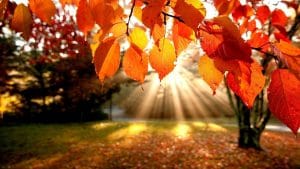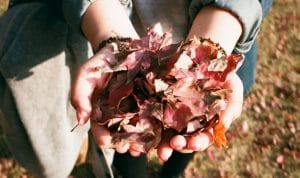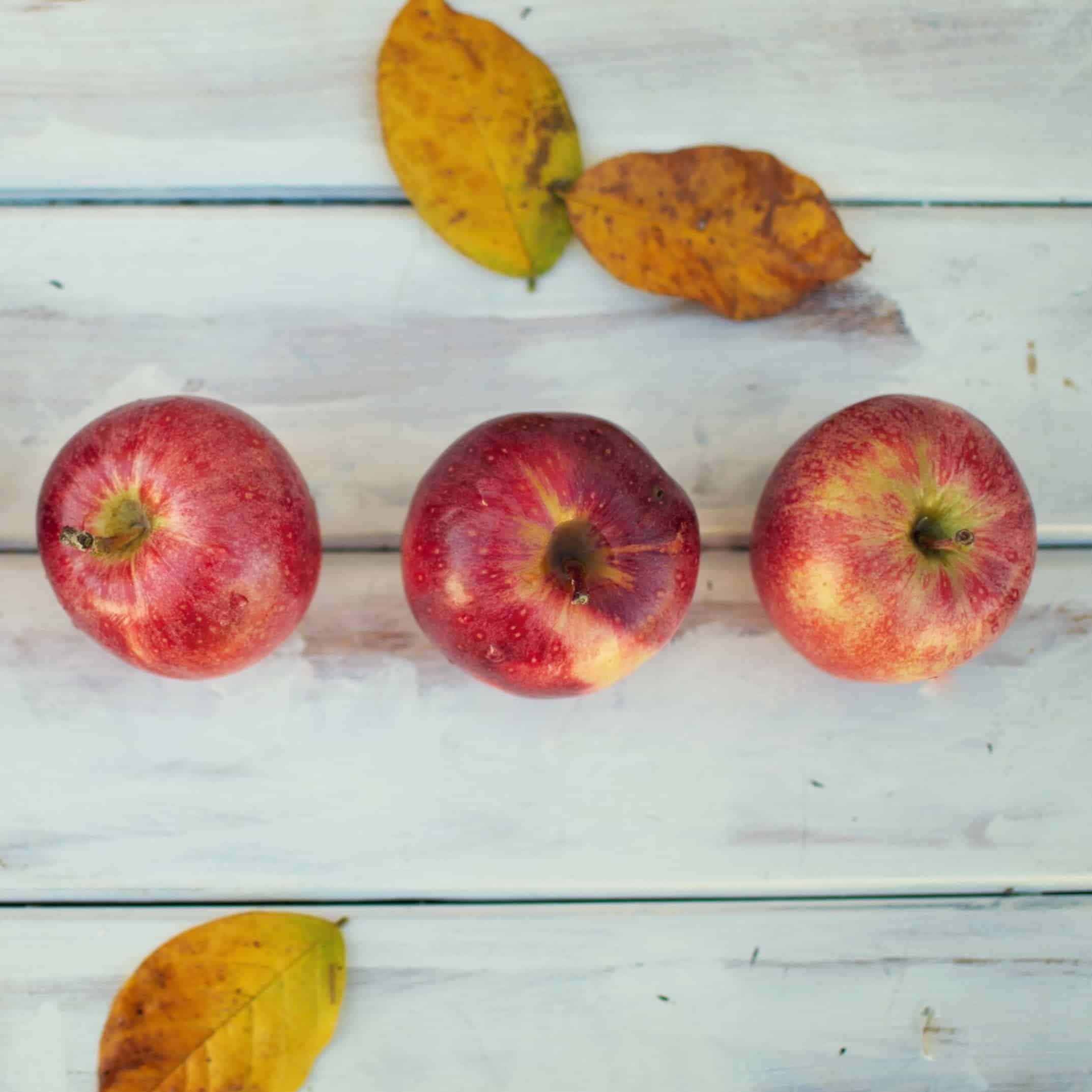Ayurveda and Autumn

For a review of the Ayurvedic principles discussed further in this article, you can click here to read the Spring Ayurveda post, where I provide a quick introduction to Ayurveda. If you want a refresher on the summer-specific guides to see where we just came from, click here.
Fall Through the Ayurvedic Lens…
Fall is a time of transition for our environment – leaves start to change and fall, and plants and the earth get prepared for the winter ahead, causing our landscape to become more bare. I love the imagery provided by Banyan Botanicals describing this:
“The autumn harbors a certain emptiness that can leave us feeling exposed and a little raw, but it is also filled with possibility—a time when we, too, can strip down to a quiet essence of being and savor the simplicity.”
The energy of this season is crisp, cool, clear, light, dry, windy, and unpredictable. This is vata energy predominating in our environment. Regardless of your dosha, being proactive about bringing balance to that vata energy by ensuring you are warm, nourished, and cultivating a sense of stability and groundedness in your life is especially helpful during this season.
Being aware of signs of vata imbalance is also helpful, so here are some for you to watch out for…
Mental: Anxiety, loneliness, restlessness, insecurity, confusion, interrupted sleep, lack of groundedness
Digestive: Excess gas (bloating, burping), excessive thirst, irregular appetite, weight loss
Other Physical Signs: Dry skin or hair, psoriasis, eczema, poor circulation (cold hands and feet), dizziness, sensitivity to loud noises
Ayurvedic Suggestions for Fall

2. Include adequate protein and healthy fats and oils in your diet to help with grounding and to help keep your body’s internal moisture levels up in this drying season.
3. Moderate your consumption of raw foods, avoid too many light and crispy foods like crackers, and avoid frozen or cold foods.
For more on dosha-specific guidelines for fall, visit the full fall seasonal guideline page on Banyan Botanical’s website and scroll down to the subheading: “More Specific Support for Your System.” If you do not yet know your dosha, you can take Banyan Botanical’s quiz online by clicking here to determine your constitution.
Stay warm, yogis!
All information from this article was summarized from https://www.banyanbotanicals.com/.
Photo credits to http://www.pixelstalk.net/fall-desktop-wallpapers-hd/ and http://www.blissbodyandsoul.com/.


